The Temple of Tales
BWA Wrocław Główny gallery’s latest exhibition, The Temple of Tales, draws reference to Sagenhalle, built in 1903 in Szklarska Poręba and no longer extant. The exhibition invokes the Mountain Spirit, known from Sudetan folk culture. The works on display, created from various media, stress the role of the imagination in facing the crises of today’s world, at a time when we need new legends.
Featuring: The Hall of Legends and the Mountain Spirit
Sagenhalle, or the Hall of Legends, is a small wooden building that no longer exists. It was built in Szklarska Poręba on the initiative of Hermann Hendrich (1854–1931), a German painter, a founder of Berlin’s Art Nouveau movement. Enamoured with Giant Mountains, he organized a little “museum” on the history of the Mountain Spirit (also known as Rübezahl, Liczyrzepa, Karkonosz). For this Symbolist artist, Rübezahl was a personification of the forces of nature—the main protagonist of his pictures. In the Hall of Legends he presented large-format expressive highland landscapes displaying the unpredictability and power of natural phenomena.
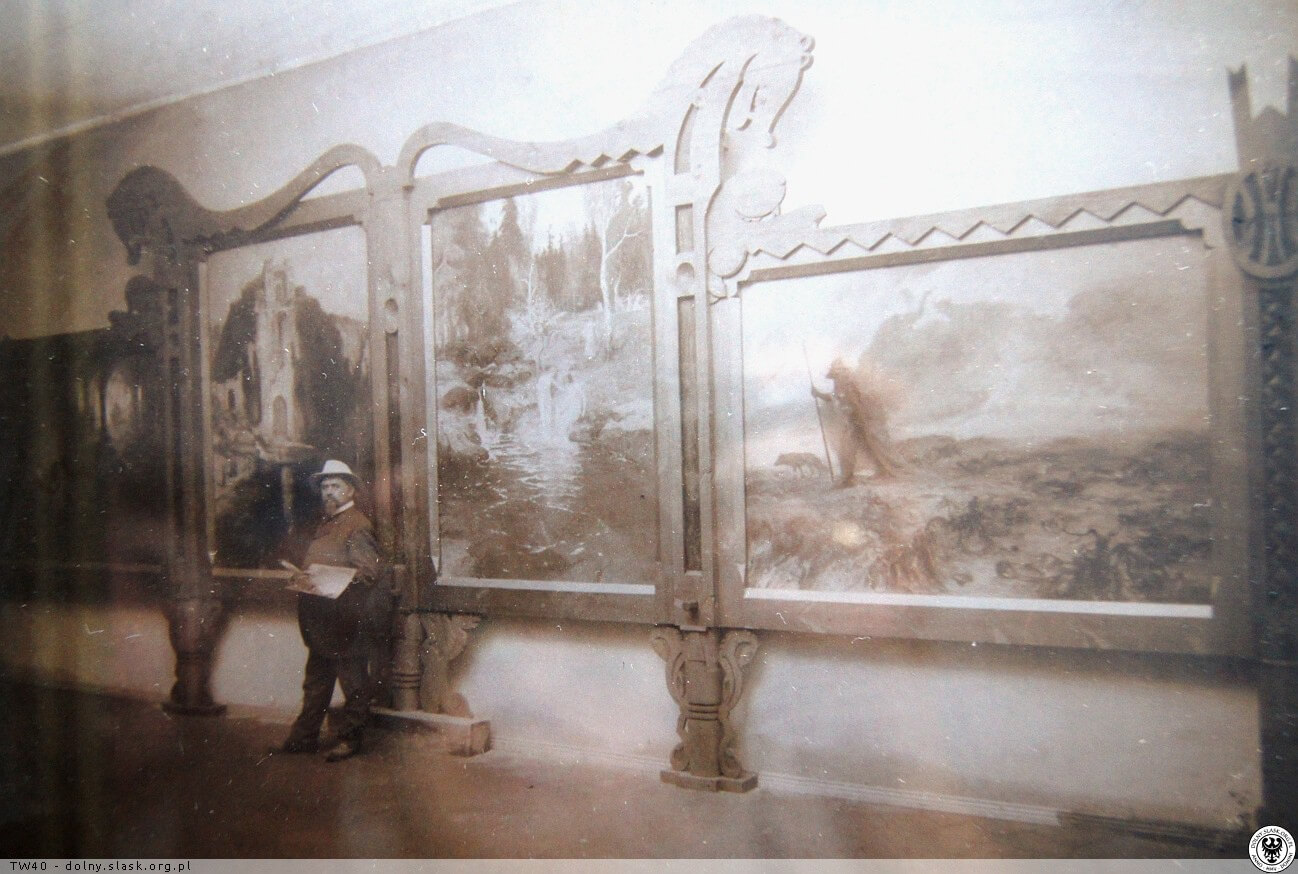
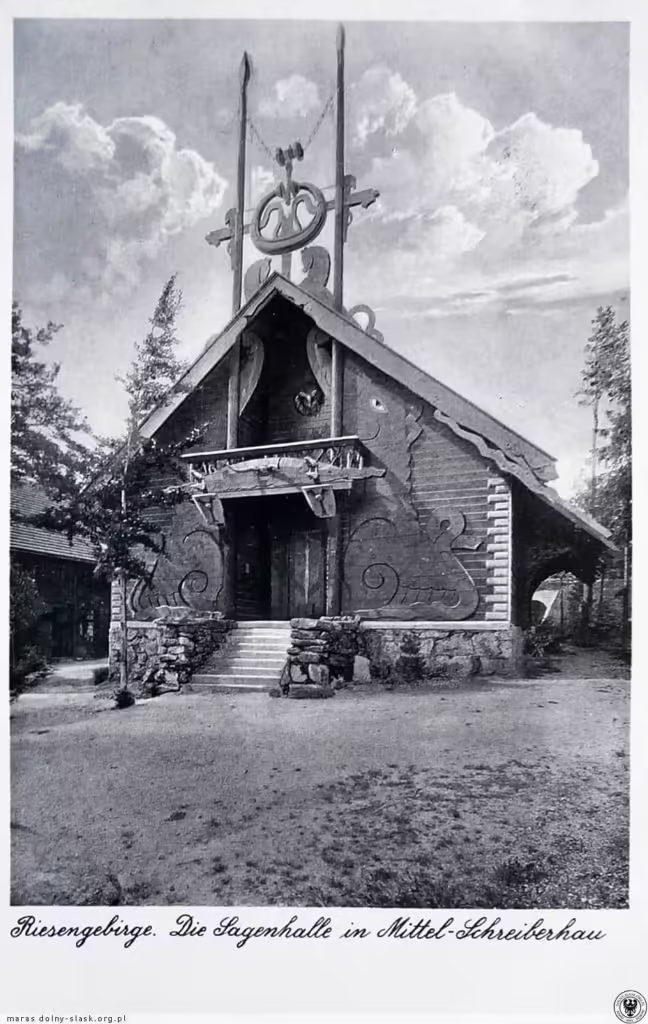
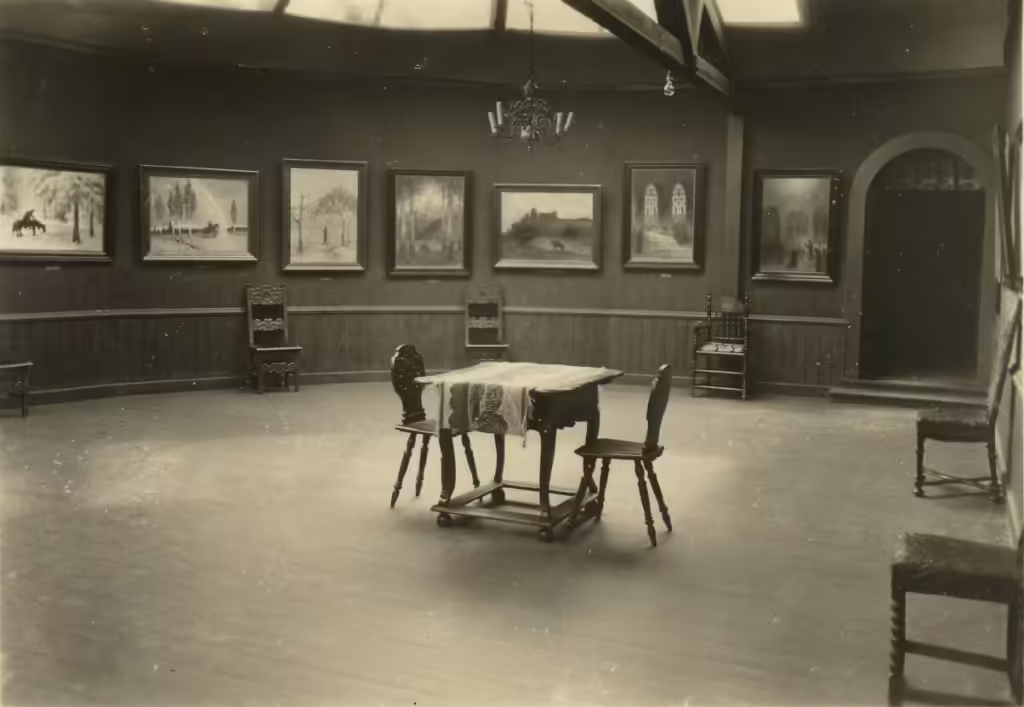
What we’ll see at the exhibition
The concept of the exhibition at the Main Station involves creating contemporary temples, each of which tells a different story. The exhibition halls recall chapels, presenting works prepared specially for this exhibition and older works—for instance, a tapestry by Wanda Bibrowicz that is nearly 120 years old, or prewar drawings of temples by the controversial Stanisław Szukalski. The works of contemporary artists premiering here pertain to different time frames: the past, present, and future.
Stach Szumski’s installations allude to the demonic image of the Mountain Spirit as the Riphean Devil, evoking its pagan roots, closely tied to nature. The paintings of Justyna Baśnik look at plant life, which the world is rapidly changing along with the warming of the climate. Paweł Baśnik appeals to ancient concepts of respect for animal life and the prohibition to kill them. The Inside Job duo (Ula Lucińska and Michał Knychaus) develops an interspecial vision weaving nature and technology, inspired by dark ecology.
In her dreamlike film, Jagoda Dobecka enters a sensitive dialog with the highland Wilczek stream, while Paweł Kulczyński’s audio installation produces disquieting, yet soothing sounds, reminiscent of both natural phenomena and the motors of sinister machines. Marta Niedbał concentrates on a weave of bodies and landscapes, a unity of animate and inanimate nature, and the planetary system.
The works draw from issues in dark ecology, posthumanism, and local folk beliefs. Created in a variety of media—from painting and textiles to installations and videos—they stress the role of the imagination confronted with the crises of the contemporary world, in which we need new scripts and rewritten legends if we are to overcome the impasse we are in.
Where did the exhibition idea come from?
Following Journey to the Center of the Earth, The Temple of Tales is another project by Joanna Kobyłt, the curator of the BWA Wrocław Główny gallery, tackling a historical context and juxtaposing it with contemporary life:
As an art historian, I wonder if we need legends in our day? In the face of crises, telling each other alternate future scenarios and looking for positive models in the past could prove essential to survival. Today we are seeking hope in technology and the theory of evolution, believing science will find a remedy to the environmental catastrophe, or we console ourselves with the thought that when we disappear, another, unknown life form will emerge.
In my curatorial practice, I often reach back to old sources of culture and a historical context tied to modernity (the nineteenth and twentieth centuries). I like drawing from adventure stories and old guides to natural history museums, zoos, planetariums, and other modern attractions that explain how the world works. In preparing this exhibition, I found a Baedeker guide to Sagenhalle from 1904 written by Bruno Wille, who describes the temple as “an artistic monument to feelings for nature.” This phrase inspired me to consider how we might define our relationship to nature in our day.
A narrative of the future in a historical guise
The exhibition also poses questions about the crisis of imagination we are presently experiencing. Creating a new “temple”—both in a physical and a symbolic sense—we are trying to choose a path to a new vision of the future, while remembering what has come before. Past the mountains, past the forests—insofar as they still exist—we’ll tell you a legend, because now, as long ago, we need what a legend gives us: an escape to another world, where there’s hope.
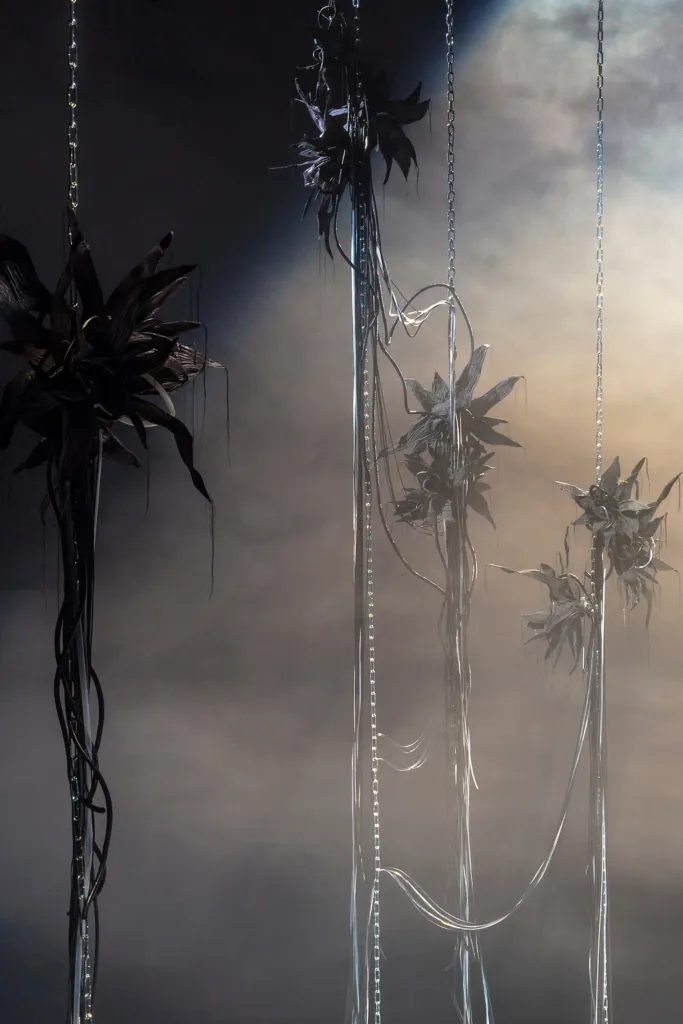
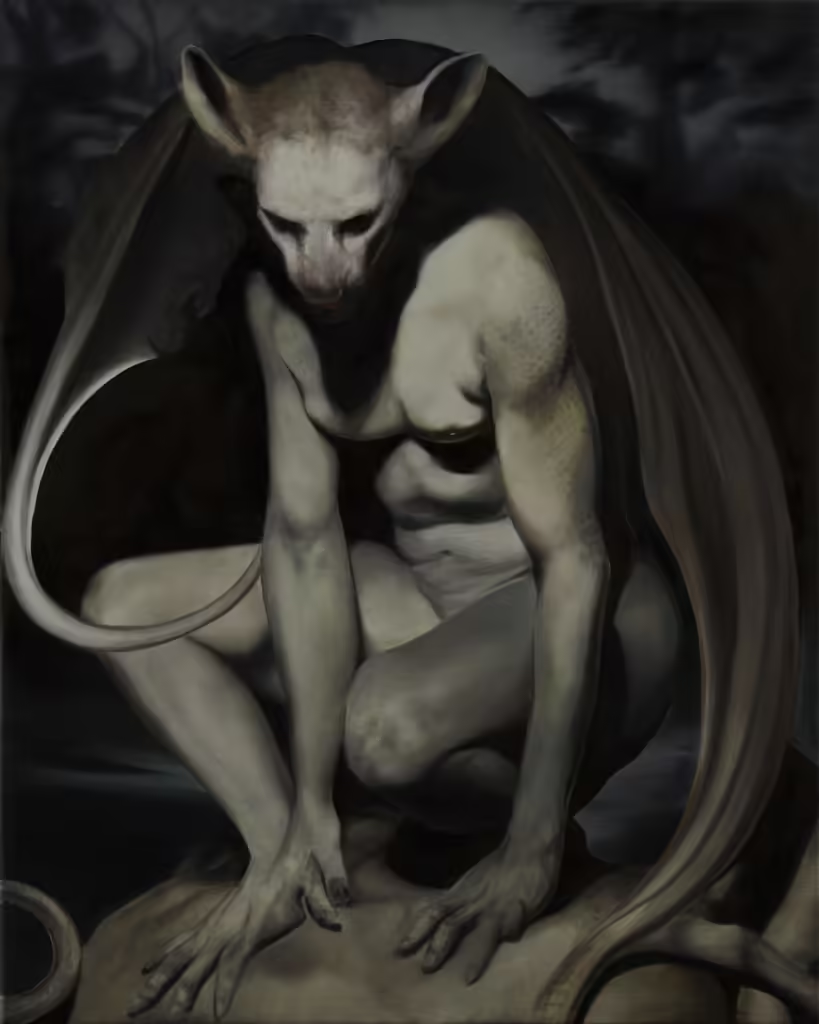
Sensory information:
– sounds can be heard in one of the darkened rooms, which may cause distress and have negative effects on people who have a problem with their vagus
– there are darkened exhibition rooms in the exhibition,
-there is a video projection in one of the darkened rooms.
- Artists: Justyna Baśnik and Paweł Baśnik, Wanda Bibrowicz, Urszula Broll, Jagoda Dobecka, Inside Job (Ula Lucińska and Michał Knychaus), Paweł Kulczyński, Stanisław Szukalski, Stach Szumski, Marta Niedbał, Aleksandra Waliszewska, Henryk Waniek, Magdalena Wrońska-Wiater
- Curator / gallery program: Joanna Kobyłt
- Exhibition design: Szymon Szewczyk
- Visual identification: Mateusz Zieleniewski
- Production: Gabriela Pezda, Beata Turek-Józefczak, Agata Połeć
- Promotion: Żaneta Wańczyk
- Assembly: Ioannis Anastasiou, Łukasz Bałaciński, Jakub Jakubowicz, Marcel Kiszka, Tomasz Koczoń, Daniel Mroczyński, Marcin Pecyna, Maciej Przybyłowski, Kamil Zakościelny
- Audience development: Julianna Biesok, Agata Drąg, Barbara Kaczmarek, Anna Kwapisz, Beata Marszałek, Agnieszka Michoń, Zofia Straczycka, Maja Widera
- Editorial oversight: Joanna Osiewicz-Lorenzutti
- English translation: Soren Gauger
- BWA Wrocław program: Katarzyna Roj
- Fundraising and partner cooperation: Berenika Nikodemska, Joanna Sokalska
- Honorary patrons: Wrocław Mayor Jacek Sutryk, Marshal of the Lower Silesian Voivodeship Paweł Gancarz, Consul General of Germany in Wrocław Martin Kremer
- Partners: Central Museum of Textiles in Łódź, Karkonosze Museum in Jelenia Góra, Henryk Teisseyre Geological Museum (University of Wrocław)
- Media patrons: Contemporary Lynx, Radio LUZ, Radio SUDETY 24, Przystanek Dolny Śląsk
- Organizer: BWA Wrocław Galleries of Contemporary Art
- Director of BWA Wrocław: Maciej Bujko
- and BWA Wrocław team
With the financial support of the Ministry of Culture and National Heritage’s Cultural Promotion Fund—a statutory special purpose fund.
The exhibition is under the Honorary Patronage of the Mayor of Wrocław Jacek Sutryk, the Honorary Patronage of the Marshal of the Lower Silesian Voivodeship Paweł Gancarz and the Honorary Patronage of the Consul General of Germany in Wrocław Martin Kremer.
